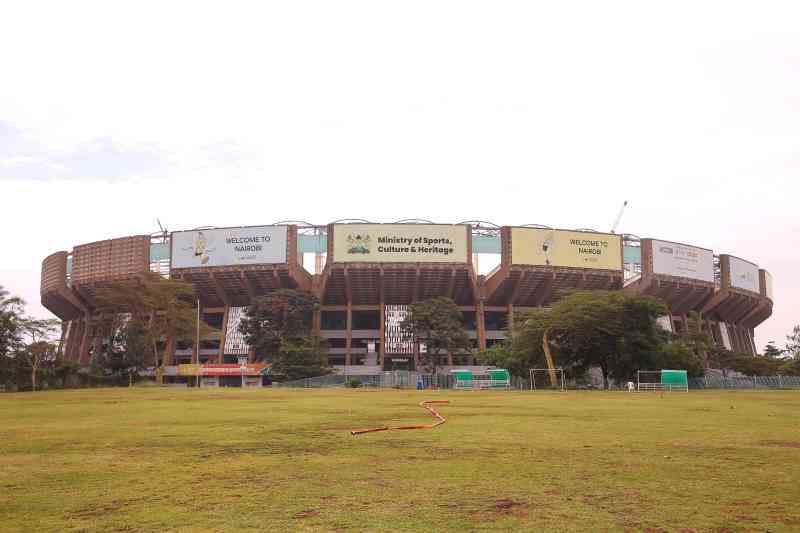What to do if your home is in one of Britain's expanding floodplains
As climate change accelerates and the weather becomes increasingly unpredictable, the risk of flooding across the UK is rising sharply.
Around 6.3 million properties in England are now located in areas at risk of flooding from rivers, the sea or surface water, according to the Environment Agency’s most recent National Flood Risk Assessment (Nafra2).
As flood risk maps are updated to reflect climate data and improved modelling, more people may find their homes reclassified as being in a floodplain.
Here, Telegraph Money explains why flood zone designations are changing, what it could mean for you and the steps you can take to protect your home and finances.
In recent months, the Environment Agency has introduced several major updates to its flood risk datasets and online mapping tools as part of the Nafra2 project. These updates reflect both changes in climate patterns and improvements in data and modelling to offer a more accurate picture of flood risk.
Paul Smith, of The Strategic Land Group, said: “As a result of climate change the UK is expected to get wetter, with more intense rainfall. This will change the pattern and frequency of flooding in comparison to what we have experienced before.”
Babek Ismayil, chief executive and founder of home buying platform OneDome, added: “Flood zones are updated as new environmental and meteorological data becomes available. Agencies like the Environment Agency reassess areas based on factors such as rainfall patterns, river flow, sea-level rise and changes in land use.
“As modelling becomes more accurate, properties that were previously seen as low-risk may now fall within areas recognised as having a greater flood threat.”
With climate change contributing to more extreme and unpredictable weather, the number of areas designated as flood risk zones is increasing, according to Andrew Boast, property specialist at SAM Conveyancing.
He said: “Rising sea levels, heavier rainfall and overwhelmed drainage systems lead to more areas being identified as floodplains.”
Laura Xu, of climate risk analytics company Climate X, added: “Development in greenfield or previously undeveloped areas can exacerbate surface water flooding. Together, these factors are making flood zone updates – and reclassifications – more common.”










